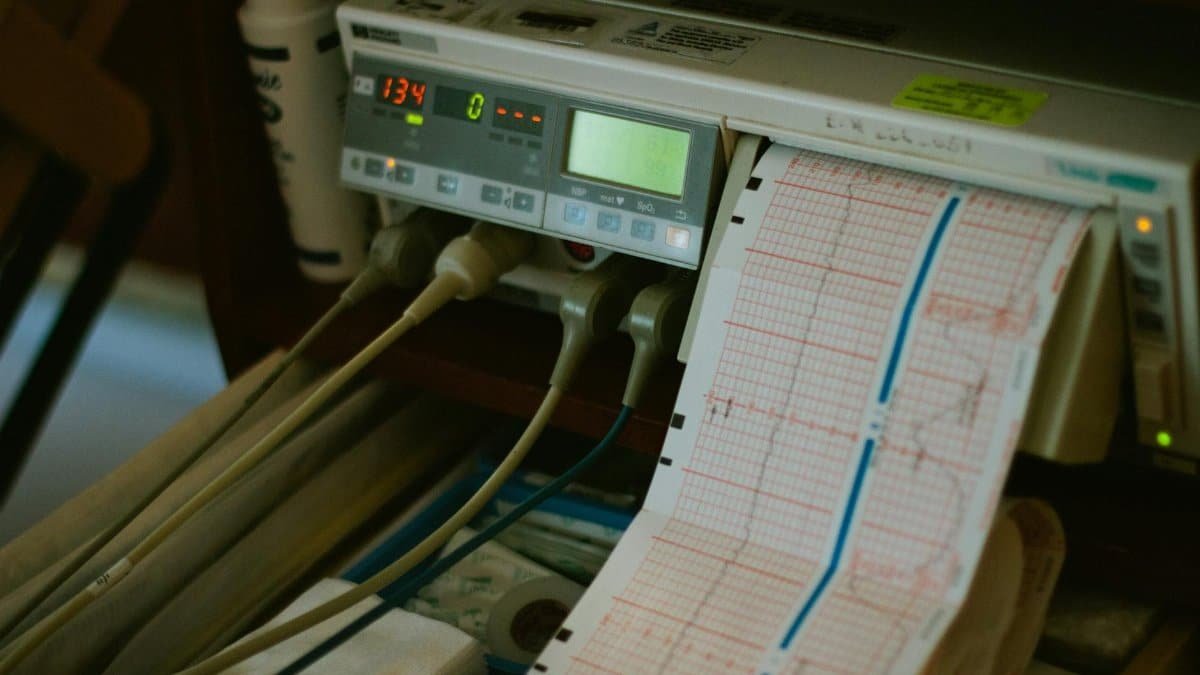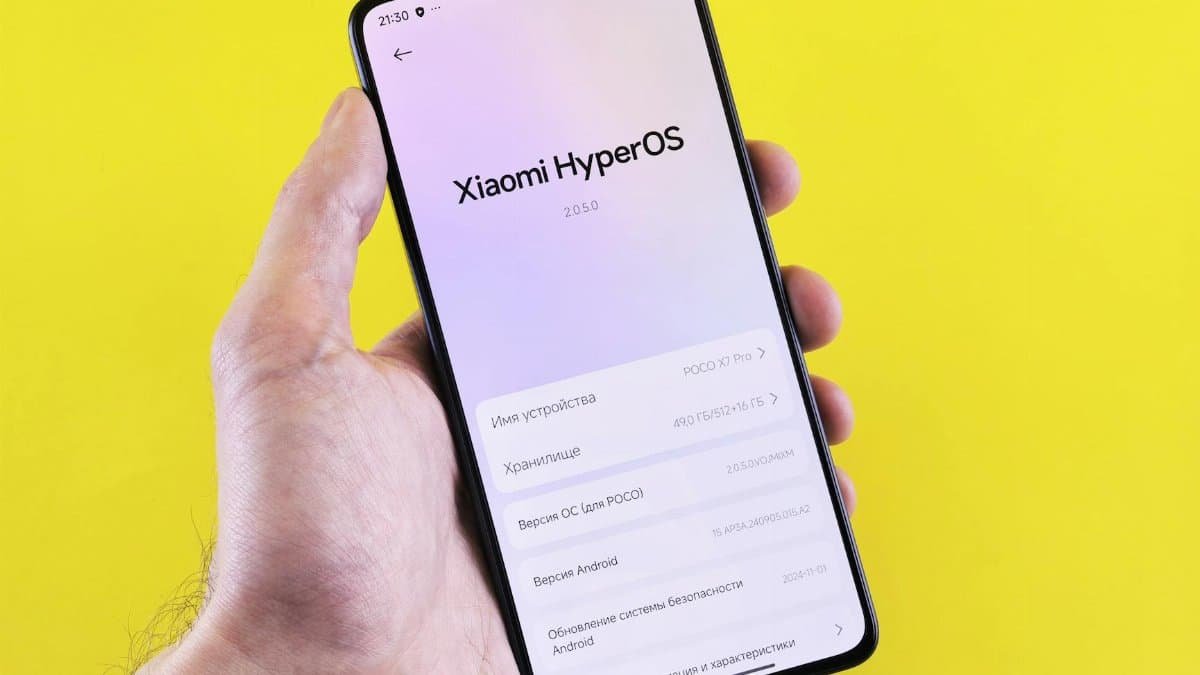In a 2023 survey by the American Psychological Association, nearly 77% of U.S. adults reported experiencing stress that could lead to burnout, with many overlooking subtle nervous system signals until it’s too late. This figure underscores a growing crisis in our high-pressure world, where the demands of work, family, and constant connectivity erode our inner balance. Nervous system healing, once a fringe concept, now emerges as a vital tool for many seeking to reclaim their well-being. It involves practices that restore the body’s autonomic responses, helping to shift from fight-or-flight mode to a state of rest and repair. As we navigate 2025’s evolving stresses—from economic uncertainties to digital overload—paying attention to these cues can make all the difference. Recognizing them early opens the door to proactive steps, preventing the full descent into exhaustion.
1. Persistent Fatigue That Lingers

Imagine waking up after a full night’s sleep, yet feeling as drained as if you’d pulled an all-nighter. This isn’t just ordinary tiredness. It’s a whisper from your nervous system, signaling that chronic stress has tipped the scales. The body’s sympathetic branch stays activated too long, depleting energy reserves. One woman, sharing anonymously in an online community, described it as “carrying an invisible backpack of rocks all day.” She realized this cue when simple tasks felt monumental.
Addressing it through nervous system healing might involve gentle practices like restorative yoga or guided imagery. These help activate the parasympathetic response, promoting recovery. A study from Harvard Medical School highlights how such mindfulness techniques can reduce fatigue by recalibrating stress hormones. Over time, this builds resilience. But ignore it, and burnout creeps closer, turning mild weariness into debilitating exhaustion. It’s a call to pause and listen.
Experts note that in busy American households, this fatigue often masks deeper dysregulation. Short walks in nature or even brief breathing exercises can interrupt the cycle. The key is consistency. As trends in 2025 show more people turning to apps for biofeedback, tracking these signals becomes easier, empowering individuals to intervene before collapse.
2. Irritability Snapping at Small Things

Sudden snaps over minor annoyances—a spilled coffee or a delayed email—can reveal a nervous system on edge. This irritability stems from heightened amygdala activity, where threats feel amplified. It’s not just a bad mood; it’s the body’s alarm system misfiring.
Consider a mid-level manager in Chicago who noticed his patience fraying during team meetings. What started as quiet frustration escalated to sharp retorts, straining relationships. Through somatic therapy, a form of nervous system healing, he learned to ground himself with body scans, easing the tension. Research from the National Institute of Mental Health links chronic irritability to elevated cortisol, which healing practices can mitigate.
Yet, healing isn’t instant. It requires acknowledging the emotion without judgment. In our fast-paced culture, where 2025’s remote work blurs boundaries, this cue is increasingly common. Simple tools like journaling emotions or herbal teas with adaptogens offer accessible starts, fostering a calmer internal state.
3. Sleep That Evades or Interrupts

Nights spent tossing, mind racing with tomorrow’s to-do list—that’s your nervous system refusing to downshift. Sleep disturbances signal an imbalance where the rest-and-digest mode falters, leaving you wired even in bed.
A teacher from Texas recalled how insomnia crept in during a demanding school year. “I’d lie there, heart pounding, replaying every lesson,” she said. Turning to nervous system healing via progressive muscle relaxation, she gradually reclaimed her nights. The Centers for Disease Control and Prevention reports that one in three Americans faces similar issues, often tied to stress.
Exploring this further, techniques like acupuncture or sound baths can realign rhythms. But the tension lies in modern life’s glow of screens, disrupting natural cycles. As 2025 brings more awareness to sleep hygiene, integrating these cues into daily routines prevents the snowball into full burnout.
4. Digestive Upsets Without Clear Cause

When your gut twists in knots over nothing apparent, it’s often the nervous system communicating distress. The gut-brain axis means stress manifests as bloating, cramps, or irregular bowels, a direct line from emotional overload to physical symptoms.
Picture a freelance writer juggling deadlines; her meals became battlegrounds of discomfort. Ignoring it led to weight fluctuations and low energy. Embracing nervous system healing through mindful eating and vagus nerve stimulation exercises turned the tide. A report from the Johns Hopkins Medicine explains this connection, emphasizing how relaxation techniques soothe the enteric nervous system.
Yet, in a nation where fast food dominates, these signals get drowned out. Healing invites slower, intentional habits, like herbal infusions or probiotics paired with breathwork. It’s a reminder that inner peace starts from within, especially amid 2025’s health trends favoring holistic approaches.
5. Muscle Tension That Won’t Release

Shoulders hunched like they’re carrying the world—chronic muscle tension is a hallmark of a dysregulated nervous system. It builds from sustained fight-or-flight, trapping stress in the body.
One office worker described it as “a constant vise grip on my neck.” Massage and somatic experiencing, key to nervous system healing, helped him release pent-up energy. Studies from the University of California show how such therapies reduce muscle guarding, promoting flow.
But here’s the complexity: tension often masks emotional armor. In America’s hustle culture, where 2025 sees rising ergonomic awareness, ignoring this leads to pain cycles. Gentle stretches or tai chi offer entry points, transforming rigidity into ease. It’s about tuning in, not powering through.
6. Concentration Slipping Away

Focus scatters like leaves in the wind when the nervous system is overwhelmed. Tasks that once flowed now fragment, a sign of cognitive overload from unchecked stress.
A student preparing for exams found her mind wandering mid-study. “It was like fog rolling in,” she shared. Nervous system healing through meditation cleared the haze, backed by findings from the National Institutes of Health on mindfulness’s brain benefits.
Amid 2025’s digital distractions, this cue is rampant. Healing practices like focused attention exercises rebuild neural pathways. Yet, the challenge is patience; results unfold gradually, rewarding those who persist.
7. Heart Rate Racing Unexpectedly

A pounding heart during calm moments flags a nervous system in overdrive. It’s the sympathetic surge, preparing for nonexistent threats.
Think of a parent at home, pulse quickening over routine worries. Biofeedback training, part of nervous system healing, taught her to regulate it. The American Heart Association links this to stress, advocating relaxation methods.
In our alert-driven society, where 2025 amplifies notifications, this signal demands attention. Deep breathing or cold exposure can reset the rhythm, preventing escalation to anxiety disorders.
8. Breathing That’s Shallow and Quick

Breaths come short and rapid, starving the body of calm— a clear nervous system cue. It perpetuates a cycle of tension, limiting oxygen to the brain.
An entrepreneur noticed this during pitches, her words tumbling out. Diaphragmatic breathing exercises healed the pattern, as supported by research from Yale on respiratory regulation.
As remote work persists in 2025, shallow breathing plagues many. Healing invites fuller inhales, fostering presence and averting burnout’s edge.
9. Emotional Numbness Setting In

When feelings flatten, it’s the nervous system’s defense against overload. Joy and sorrow both dim, signaling disconnection.
A veteran described emerging from this “through art therapy, reconnecting threads.” Nervous system healing via expressive practices revives emotional range, per psychological studies.
In a polarized 2025, numbness is a quiet epidemic. Gentle self-compassion practices counteract it, restoring vibrancy before total withdrawal.
10. Withdrawing from Social Connections

Pulling back from friends and gatherings often masks nervous system fatigue. It’s a protective retreat, but prolonged, it isolates.
One remote worker found solace in group healing circles, rebuilding bonds. The Mayo Clinic emphasizes social ties for resilience.
With 2025’s hybrid lifestyles, this cue highlights the need for balanced engagement. Nervous system healing through community practices mends the divide, staving off burnout’s isolation.
